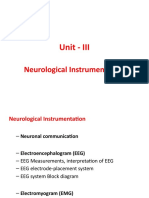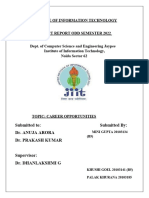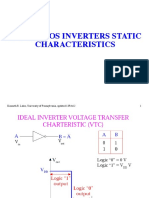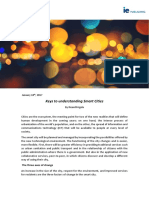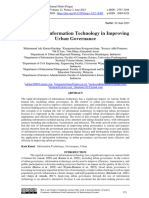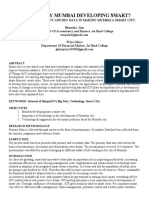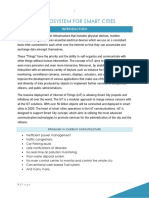0% found this document useful (0 votes)
1K views8 pagesHackathon Project
The Smart Waste Management hackathon project aims to develop a technology-driven solution utilizing IoT, data analytics, and automation to enhance waste collection efficiency and sustainability in urban areas. Key features include real-time monitoring of waste levels, overflow alerts, and data-driven insights to optimize operations and improve recycling rates. The project seeks to address challenges in waste management while delivering cost savings, operational efficiency, and community engagement.
Uploaded by
Siva KumarCopyright
© © All Rights Reserved
We take content rights seriously. If you suspect this is your content, claim it here.
Available Formats
Download as PDF, TXT or read online on Scribd
0% found this document useful (0 votes)
1K views8 pagesHackathon Project
The Smart Waste Management hackathon project aims to develop a technology-driven solution utilizing IoT, data analytics, and automation to enhance waste collection efficiency and sustainability in urban areas. Key features include real-time monitoring of waste levels, overflow alerts, and data-driven insights to optimize operations and improve recycling rates. The project seeks to address challenges in waste management while delivering cost savings, operational efficiency, and community engagement.
Uploaded by
Siva KumarCopyright
© © All Rights Reserved
We take content rights seriously. If you suspect this is your content, claim it here.
Available Formats
Download as PDF, TXT or read online on Scribd
/ 8

















